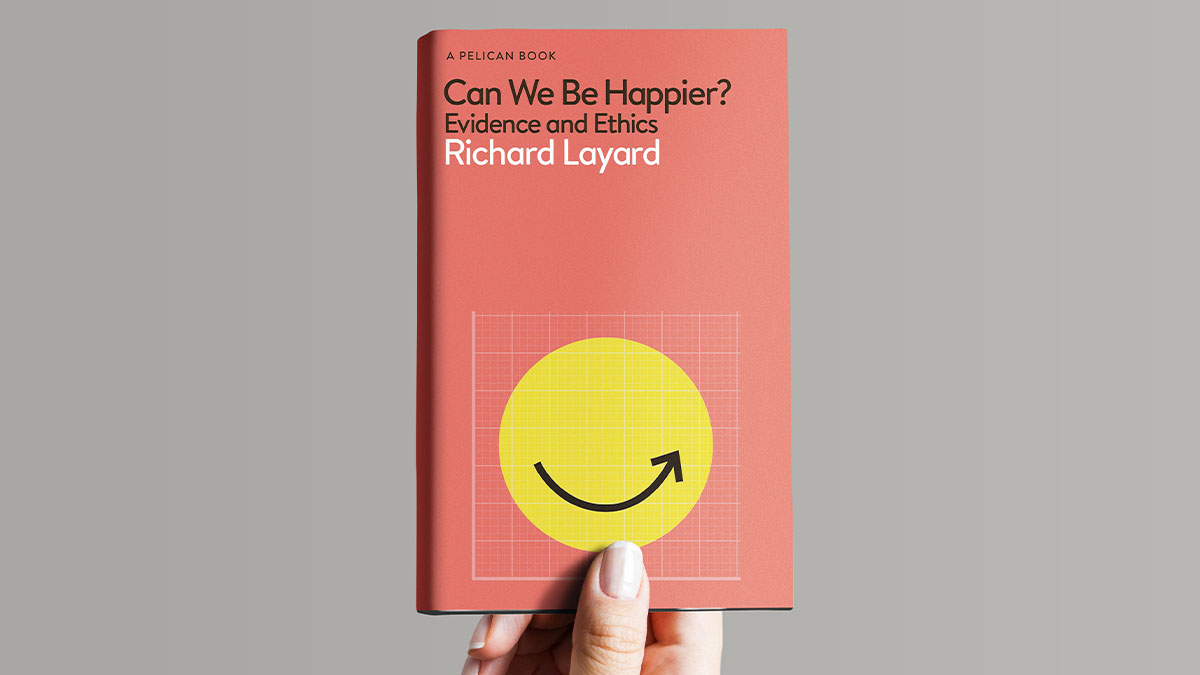Title: Women in White Coats:
How the First Women Doctors Changed the World of Medicine
Author: Olivia Campbell
Publisher: Park Row, Harper Collins
Reviewer: Dr Naomi Smith
Stepping foot in a modern hospital, it is hard to imagine the journey that was undertaken by the first women doctors to earn their place as medics. Women in White Coats: How the First Women Doctors Changed the World of Medicine is a marvellous account of these trailblazing women in the mid-1800s. Its author, Olivia Campbell, is a journalist, essayist, and author focusing on the intersections of medicine, women, history, and nature.
While women had worked as healers in many capacities before the 1800s, none had been allowed to enter into a medical degree. It was deemed inappropriate for a lady to be exposed to the butchery and horror of clinical medicine at the time — and surely would prevent them from obtaining a suitable husband.
The Lancet, in response to the proposed arrival of female medical students, decried: “We anticipate an almost unanimous condemnation of the effort to introduce young women into the classes of medical students at our hospitals.”
Western medicine in the mid-1800s was a very different venture to modern-day practice. The hygiene theory had not come into being and antibiotics were many decades away from crossing any cell membranes. The four ‘humors’ reigned supreme and purging, bloodletting and blistering were top of your choice of treatment options. And, of course, all the doctors were men. These men were deemed unsuitable for other courses of study.
Enter Elizabeth Blackwell. She did not dream of becoming a doctor as a child, and had no interest in it at all as a young adult. Her life took an unexpected turn when her dying friend remarked on how different her final months could have been had a female doctor been caring for her.
Elizabeth, an English woman who moved to the US as a child, became the first woman to undertake a medical degree. This book carefully constructs a clear picture of Elizabeth’s experiences throughout this time, moving from her childhood, through her training, and beyond. After years of preparation, she was admitted to a medical college in New York after a vote was put to the other medical students, who were happy to take her in, assuming that it was a practical joke. The students soon came to learn she was anything but a joke. She was scorned by local women as a ‘bad’ woman, separated from male students and routinely ridiculed for her interest in medicine. Elizabeth was persistent and felt that by not rising to the ridicule that they may come to see her as their equal. She ended up graduating first in her class — a huge honour to this day. Upon graduation, she could only find postgraduate training opportunities in France, with no hospitals in the US willing to facilitate her.
Elizabeth would later travel to England to deliver lectures titled ‘Medicine as a Profession for Ladies’. She argued that women being doctors was a natural extension of the caring responsibilities they already undertook in the home. This inspired England’s first female doctor to take up her journey into medicine, but inspired other upper-class women in different ways — some ended up playing a role in securing the right to vote, stirred by the power of her ideas. Elizabeth developed a friendship with Florence Nightingale, who believed that women should be content to be nurses and not bother with medical school. This drove a wedge between them.
The British Medical Journal stated: “It is indeed high time that this preposterous attempt of one or two highly strong-minded women to establish a race of feminine doctors should be exploded.”
Women in White Coats introduces the women who would go on to become the first female doctors in the UK. The histories are richly fleshed-out to encompass the full lives of these women thanks to letters and diaries kept, combined with much social history from the time. The book covers the Edinburgh Seven, a group of pioneering women who had matriculated into medicine in the University of Edinburgh. The female students had been segregated, taught and examined separately. The Edinburgh Seven faced threatening behaviour from male students, with riots erupting on one occasion. A few professors supported the students, but only should they confine themselves to obstetrics and gynaecology. Four years into their term, the university attempted to remove the students due to the uproar that had resulted. A legal battle ensued, which ultimately failed, and the women were left to find their own way to complete their education.
They were brave, persistent and tenacious in their efforts to complete their education to put that education into practice and work as a doctor. The variety of barriers they faced, from within the medical profession, academia and society, were remarkable. They did meet occasional enthusiastic male supporters who did their best to support their efforts, but the system was largely in opposition.
“No woman of true delicacy would be willing in the presence of men to listen to the discussion of the subjects that come under the consideration of the student of medicine. We object to having the company of any female forced upon us,” read a written protest by the senior class at Harvard University in the US. Harvard’s subsequent policy forbidding women students remained in effect until 1945.
Having read this book, I am left with a tremendous amount of gratitude to these inspiring women. They took a lonely path with seemingly insurmountable and relentless obstacles and emerged as champions for women’s health whom we must not forget. This book comes highly recommended to all medics and social historians.
Dr Naomi Smith is a GP registrar based in Ballyfermot





